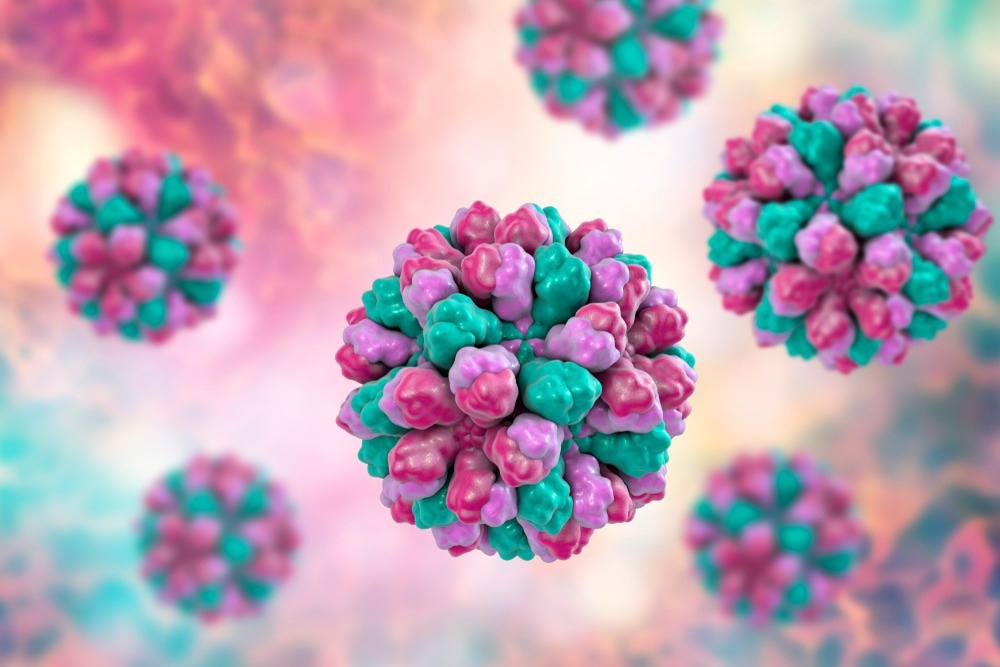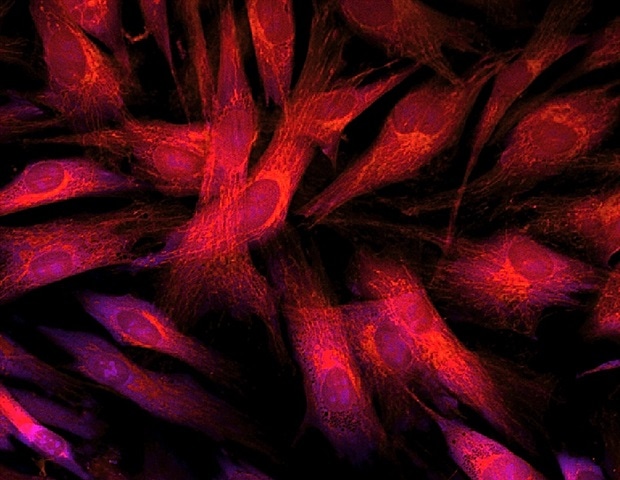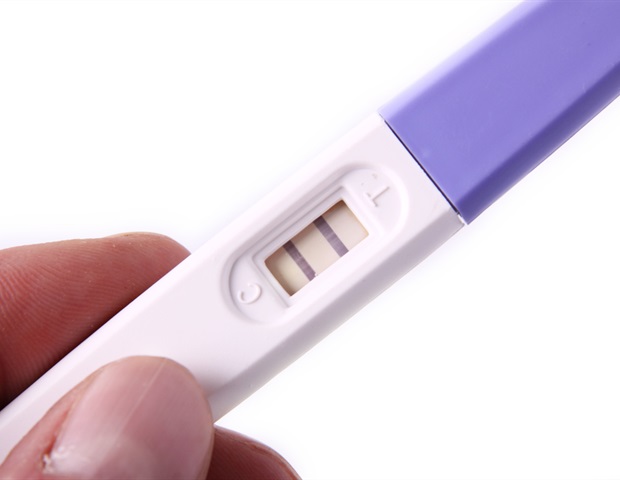In a recent study published in Cell Reports Medicine, researchers characterized serological neutralizing antibody (nAb) responses to norovirus among young children, transitioning between sequential GII.4 pandemic strains, DH 2006, NO 2009, and SY 2012.

Background
Human norovirus, the causative agent of acute gastroenteritis, has caused considerable mortality among young children and older individuals, with peak infection prevalence among children aged <2.0 years, driven by new GII.4 strains. Investigating immunological complexities to swiftly emerging variants, such as norovirus, dengue viruses, and severe acute respiratory syndrome coronavirus 2 (SARS-CoV2), could inform vaccine development against emerging viruses.
Previously, the authors of the present study highlighted the mechanisms of GII.4 persistence among humans based on virus evolution at main nAb epitopes, conferring immune-evasiveness.
About the study
In the present study, researchers assessed humoral immunity against norovirus among young children, emphasizing the transitional period from the DH 2006 strain predominance to that of the NO 2009 strain.
Using surrogate neutralization assays correlating with in vitro-type virus neutralization assays and a correlate of protection, serological nAb responses to GII.4 were evaluated by individual age, sample obtaining year, and the predominant GII.4 strain. Serological evidence of genomic resistance against GII.4 infections was identified, population immunity levels to emergent pandemic variants were charted, and the corresponding remodeling of the nAb repertoire among young children was mapped. Immunological printing signatures in neutralizing antibody responses were identified.
From 2008 to 2012, serum samples were obtained from pediatric United Kingdom (UK) residents aged 1.0 to 6.0 years (n=686) and assessed for nAb responses to a GII.4 strains’ panel. The strains studied included variants such as the DH 2006 strain (circulating from 2006 to 2011), the NO 2009 strain (2009 to 2012), and the SY 2012 strain (2012 to 2022).
In addition, the team included the Farmington Hills 2002 (FH 2002) variant (2002 to 2005) for comparative assessment. Sera obtained from 2008 to 2012 denoted population-level immunity in the period of shifting predominance from the DH 2006 strain to the NO 2009 strain. Neutralizing antibody breadth was compared by variant and age, and overall trends in humoral cross-reactive responses across ages were assessed.
Further, antigenic cartography was performed to assess changes in antigenic relationships between GII.4 strains in the transitional period of the DH 2006 strain to the NO 2009 strain dominance. The average antigenic distances between the serum samples and every GII.4 strain were determined.
To assess the quality of nAb responses, the nAb curve slopes for all GII.4 strains having titers beyond the detection limit were assessed as surrogate measures for relative avidity in the polyclonal serum samples.
Results
Following the surge of the replacement strain, remodeling of the nAb landscape to the new strain, with greater nAb titers, was observed. However, the nAb relative avidity remained focused on the preceding strain, underpinning immunological imprinting as an immune escape mechanism and GII.4 persistence across individuals. Across years, the mean percent of pediatric individuals with detectable nAb titers to the GII.4 strains tested elevated with advancing age.
The findings indicated that children developed nAb titers against norovirus at rates of 1.1 per year, and 30.0% (mean) of the pediatric population would not respond to the GII.4 strains. GII.4 strain susceptibility was regulated by host genomics, especially fucosyltransferase 2 (FUT 2) levels. Among children showing GII.4 neutralization (62%), serum samples from children aged 1.0 years could neutralize antigenically dissimilar strains. Cross-reactive nAb development could have occurred in early life following only a few exposures.
Antibody titers among older children also cross-neutralized different strains, albeit showing a lower association between age and immunological response. The geometric mean titers for the NO 2009 strain among older individuals increased from 2010 to 2011 and was persistently at a high level during 2012. The nAb titers to the DH 2006, the NO 2009, and the SY 2012 strains were the highest initially among younger individuals and rose with time among older individuals. Cross-protective GII.4 immunological responses were observed.
Pediatric neutralizing antibody titers were comparable for the NO 2009 strain and other strains from 2008 to 2009. The nAb titers to antigenically similar variants (DH 2006 and SY 2012) having shared nAb epitopes increased by two-fold during 2010 and 2011 and were highly cross-protective through 2012. The findings indicated that several years passed following novel strain emergence before pediatric serological responses to NO 2009 developed, and nAb titers widened with age and variant exposures.
After 2.0 to 3.0 years of DH 2006 penetration in the pediatric population, anti-DH 2006 immunity was probably driven by high-affinity neutralizing antibodies. During NO 2009 predominance, nAb relative avidity focussed on the DH 2006 strain among children, demonstrating immune imprinting signature of prior norovirus infection on serological nAb titers against current norovirus infections.
The findings indicated that very young children develop neutralizing antibodies against GII.4 strains, which can be boosted by vaccination for durable immunological protection. Among children from 2008 to 2012, NO 2009 infections maintained or recalled highly potent anti-DH 2006 antibodies, preferably over anti-NO 2009 antibodies, an immune imprinting signature. DH 2006-mediated immune imprinting shaped nAb responses to SY 2012 and NO 2009 among adults and children.
Conclusion
Overall, the study findings showed immunological imprinting in nAb responses to GII.4 strains among children, especially for contemporary GII.4 strains, SY 2012, DH 2006, and NO 2009. The findings highlighted the serological repertoire in response to norovirus infection, comprising waning nAb titers to a few strains, generating responses to emerging strains, compounded by cross-protection between antigenically similar strains.

 PARENTING TIPS
PARENTING TIPS







 PREGNANCY
PREGNANCY








 BABY CARE
BABY CARE








 TODDLERS
TODDLERS








 TEENS
TEENS








 HEALTH CARE
HEALTH CARE







 ACTIVITIES & CRAFTS
ACTIVITIES & CRAFTS








 CONTACT
CONTACT ABOUT
ABOUT

